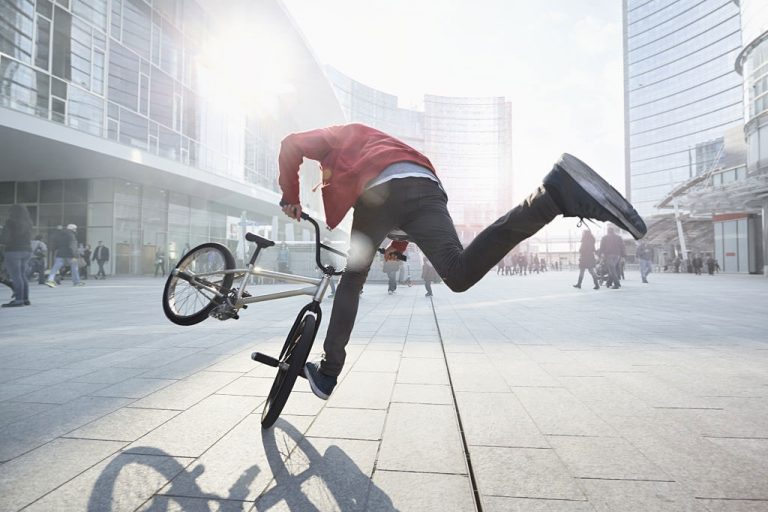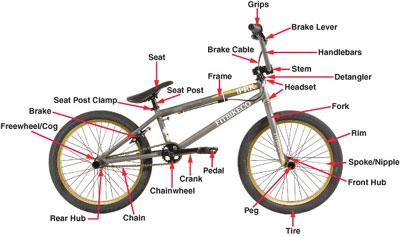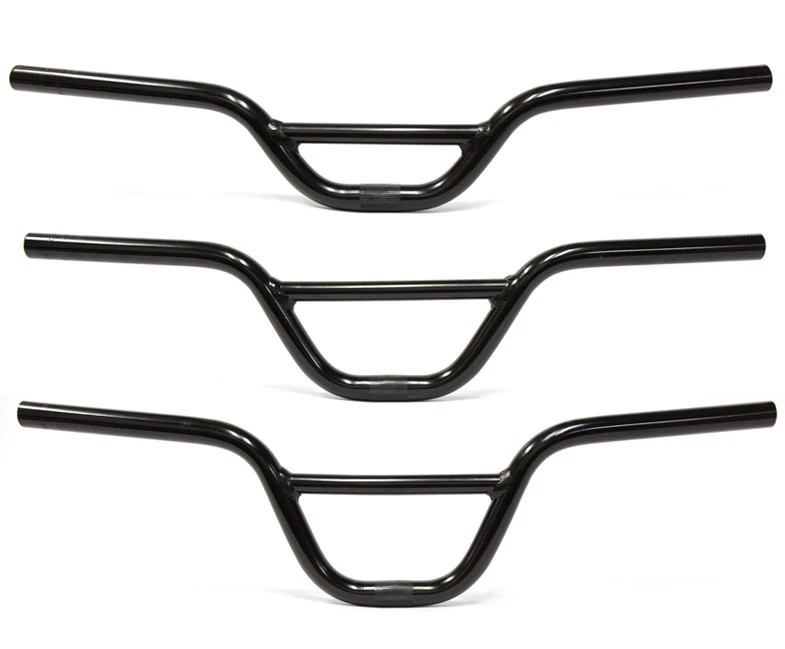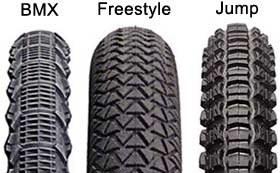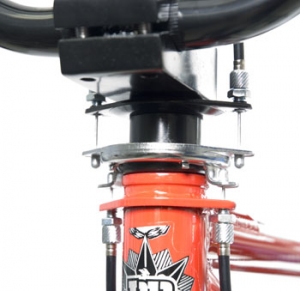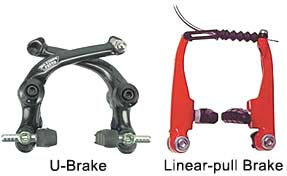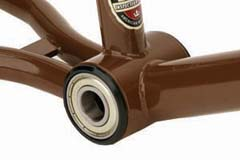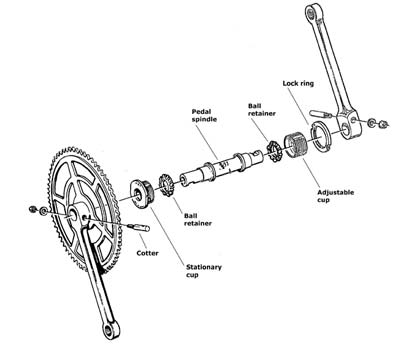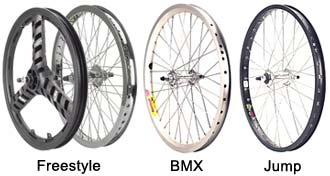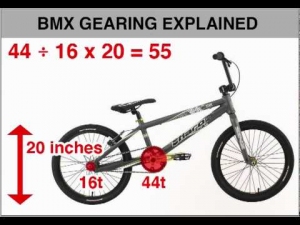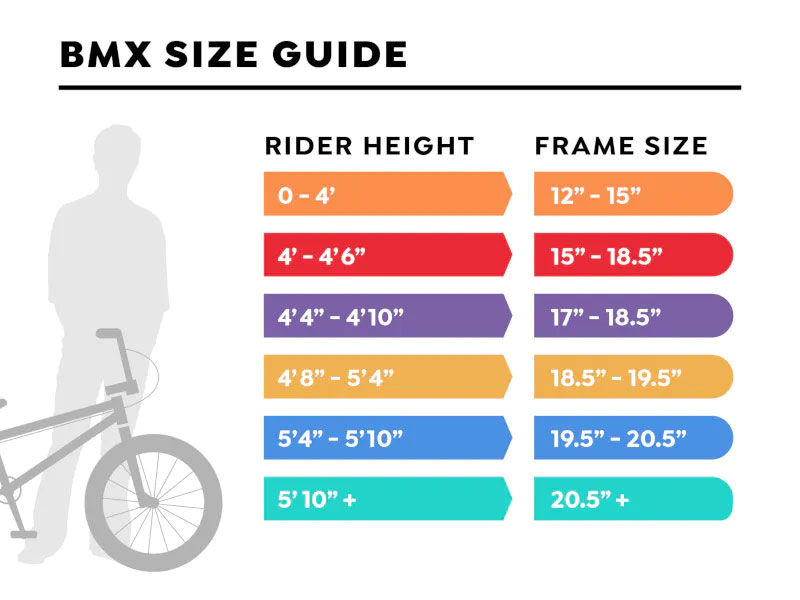BMX bikes (short for bike motocross) are fabricated of top quality, durable metal frames, low saddles, high straight handlebars and a set of chunky tires. Providing an unrivaled level of stability and security, they are the ideal entry-level bikes. There is the option to customize your BMX as you go along. Whatever model you choose, do test-drive it before buying. If your budget permits go for an aluminum frame which is both of superior strength and lightweight making it the ideal pick for children. So are you ready to find out more about how to choose a good-quality BMX bike?
How to Choose a BMX Bike
Things to Look For
1. Frame Materials
Chiefly, for the entry-level of race, and freestyle BMX bikes, make use of a steel configuration called Chromoly 4130, or chromo in short. Chromoly is a steel alloy having the properties of superior strength as compared to hi-tensile steel predominantly used in cheaper department store brands. Chromo steel can be ‘butted’, that is made thinner in the center thereby saving weight with reinforcement at the joints.
Steel is preferred because it is fatigue resistant and therefore less prone to failure, an important consideration for these bikes considering the beating they are subjected to. Repair is easy and it imparts a modicum of compliance which makes it easier on the rider’s body along with adding a little comfort.
2. Handlebars and Levers
Handlebars for freestyle rise steeper for increased maneuverability as compared to BMX race bikes. Handlebars are usually made from Chromoly or aluminum. Steel is heavier but dampens shocks and vibrations better besides lasting longer. Aluminum is light but subject to fatigue.
Handlebars on 24-inch BMX might not have a crossbar and dramatically less rise as the larger frame and bigger wheels add up to a higher stack.
Flatland bars have a minimal sweep and have the same feel whether pointing backward or forwards. A low crossbar is also one of the features so that a rider can swing his legs around when performing tricks.
3. Tires
BMX tires are chunkier and wider. They should be able to take battering like mountain bikes. But then again, unlike mountain bike riders, BMX riders don’t do much off-road duty. Dirt tracks for BMX bikes are hard surfaces not fouled with rocks and holes. Flatland tires are devised for executing tricks on clean, level ground. Hence jump tires for grip are wide. Balance too is improved.
Here’s how to select the correct tire:
First measure the wheel, frame size. There are 4 main sizes of BMX bikes; pro, expert, junior and mini.
Choose the style of riding you’re interested in; flatland/freestyle; jump riding; track racing. Your choice of a tire is influenced by this.
Don’t use flatland tires for dirt-track riding. You will skid.
Your choice of a tire will affect speed, the grip and ultimately, the handling. For street or park riding, wider tires that roll smoothly are desirable. Tire pressure of 110 psi is possible on premium BMX tires for a faster roll than a tire that is less inflated. The wheel rim is more protected, especially during impactful landings. Dirt jumpers will be looking for more traction, hence more tread. They also run the tires on reduced pressure for grip.
Tires can be easily swapped to suit the activity.
4. Brakes
Brakes have to be of quality. BMX bikes use rim brakes; the pads push against the rim to take off the speed. A majority of freestyle bikes are provided with U type brakes. Many are equipped with a ‘detangler’ or ‘Gyro’ braking system. A detangler is easily identifiable by two cables around a mechanism that allows the handlebar to be spun 360° without entanglement. This is of immense help when doing tricks such as barspins and tailwhips. If these don’t figure in your scheme of things, a standard brake should suffice.
The other option is a linear-pull rear brake also known as a V-brake.
5. Rims
Freestyle bikes have a rim width of 32mm which is standard. If you anticipate that some hard landings are on the cards, you can go for a rim of 36mm. Rims may be single-walled, double-walled, and triple-walled and are fabricated out of aluminum. Generally, most riders prefer double-walled as it gives a good blend of weight and strength.
6. Bottom Bracket
The bottom bracket is made up of three main components:
The Body Shell which consists of:
- A vacant tube at convergence of key tubes; the down tube; the seat tube and the chain-stay.
- The primary building block, the bottom bracket’s encasement
- It is the foundation of the frame’s geometry.
Bearing Assembly
The simplest set-up is bearing cups performing as races. In the cage are mounted the unsealed bearings
AMERICAN (AMER)
This is the original bottom bracket for BMX bikes also known as a Pro size. The bearing is housed in a cup that is inserted into the frame. They are large, durable and heavier than other types. Size is 2” (50.8mm)
The Spindle or Axle
7. Spokes
When going in for a BMX bike or going in for new wheels, spoke count is an important factor. Spokes are laced from hub to rim. To remain strong and true, they are tension reliant. Contributory to strength and weight, the total count of spokes is 36 which suffices for most BMX freestyle riders. Advanced may go in for 48 spokes. Spokes are fabricated of steel wire. The same diameter is kept right through. But there are also ‘butted’ spokes, as in butted frames, are reduced in the center with additional reinforcement at the ends to gain a weight reduction and an increase in strength.
BMX wheels for the race bikes have anywhere between 28-36 spokes and alloy rims designed to save on weight.
8. Gearing
BMX bikes are single gear.
The sprocket and chainring are not the same. The chainring is the ring connected with the cranks, the sprocket being the driver attached to the rear hub.
The gear ratio is the chainring teeth number divided by the sprocket teeth number. In our figure, this is 44/16 which is 2.75, which means for one revolution of the chainring, the wheel at the rear rotates two-three quarters times. The smaller this number is, the easier the pedaling is and the higher the number, the more is the resistance.
The number 55 means gear inches.
9. Pedals
All freestyle BMX bike types are fitted with a wide-based plastic pedal. They are inexpensive and reduce weight. Another advantage is that in the event of a shin blow, plastic is less likely to cause damage than metal. The size required is 9/16 inch for two and three-piece crankshafts and ½ inch on single piece crankshafts. You have to be aware of what size when you need to buy new pedals. Racers prefer pedals that clip-in to be able to create the most power.
10. Saddle
The preference for saddles is minimal in a BMX setup. Completely plastic saddles are not uncommon. Normally, they are of a molded plastic hull with a minimal polyurethane foam padding and a synthetic or leather cover. BMX bikes at the entry-level, however, are a little cushioned and have a large surface area, since they will initially be sitting a lot more than advanced bikers who float above a lot.
There are five types:
- Integrated- The seat and seat post are one and sold as such.
- Standard- This is a small tube that slides into the post with the saddle bolted on top with a clamp.
- Railed- Twin rails of Chromoly run beneath the seat and fit onto a corresponding twin-bolt clamp on the post.
- Pivotal- The seat post top is molded with a series of adjustment grooves that sit into the BMX set.
- Tripod- This brings into play a triangular plate fitted at the top of the seat post with corner bolts so the seat has three points of support.
11. Cranks
BMX freestyle cranks come in three-piece, two-piece or one-piece sets.
They are made of Chromoly or steel. Crank lengths vary from 140-190mm. Most complete bikes are however with crank lengths of 170-175mm, so it’s best to stay in this range.
BMX race bikes use a different type of crankset more commonly found on mountain bikes. These are of the two or three-piece kind, made of aluminum and the bottom bracket is the European style. They are sometimes of carbon fiber to save weight. Crank length is dependent on rider height.
12. Hubs
A BMX hub is the heart of a wheel. It houses the bearings on which the wheel spins. Alloy is used in their construction. Open cage bearings found in low-cost bikes have exposed bearings that are effected by grime, dirt, and debris. Cartridge bearings are fully enclosed.
BMX hubs are of 4 types; Cassette; Freecoaster; Freewheel and Coaster.
13. Fit and Sizing
Freestyle BMX riding is for all; kids, teens, and adults. Wheel size remaining constant, subtle changes in frame size come into play depending on the riding style and height of the rider. The top tube of most freestyle BMX bikes off the shelf is 21 inches to afford enough room for riders to swing the bike under them when performing airborne tricks. To whip around easily, a shorter seat stay is also a feature.
An exception is flatbed frames as they have shorter tubing and are lighter for better balance and control.
Race frame sizes come in a broader array as user age spread is wider.
Additional Tips
- Test-ride your bike before buying. It may look right but sure will feel different when you ride it.
- Using your BMX for longer ranges, the classic style is better; the cruiser BMX.
- A freestyle bike is more rigid, heavy and tighter than a classic version. If you are an urban dweller with limited parkland, these make good street BMX bikes.
- Jump bikes are for what it says it is; for ramp and dirt jumping. They have wide, thick treads and is not conducive for road riding.
FAQs:
1. What age is a 20 inch BMX bike for?
The minimum age being 7-8 years, 20-inch wheel BMX bikes are generally recommended. Having said that, they can be ridden by children and adults of all sizes.
2. What size BMX bike should I get?
The standard size for a BMX wheel is 20 inches, much different than a mountain bike or road bike. The size chart given above will give you the best guidance based on your height.
3. What size BMX bikes do pros ride?
Professional BMX riders would use the Pro-sized bikes which are prescribed for riders 5’ 6” to 5’ 10”. Pro-XL is for those 5’ 8” to 6’ and Pro-XXL, 5’ 10” and taller.
4. How can I make my BMX bike faster?
Common sense will tell you that a lighter bike would travel faster. Some ways to save on weight, use alloy rims, cut down on the number of spokes, etc. Read the guide for the best tips.
I daresay you are now accomplished on how to pick out a bike after reading this comprehensive guide. Still, it is recommended that you go online, watch YouTube vids, read the BMX buying guide provided by professional sites, manufacturers, etc. I will stress repeatedly on the importance of safety gear that you should don at all times. So happy hunting on your quest to buy that BMX you so much crave for.

